Not your average BMW: Decoding Dhaka's rickshaw kings
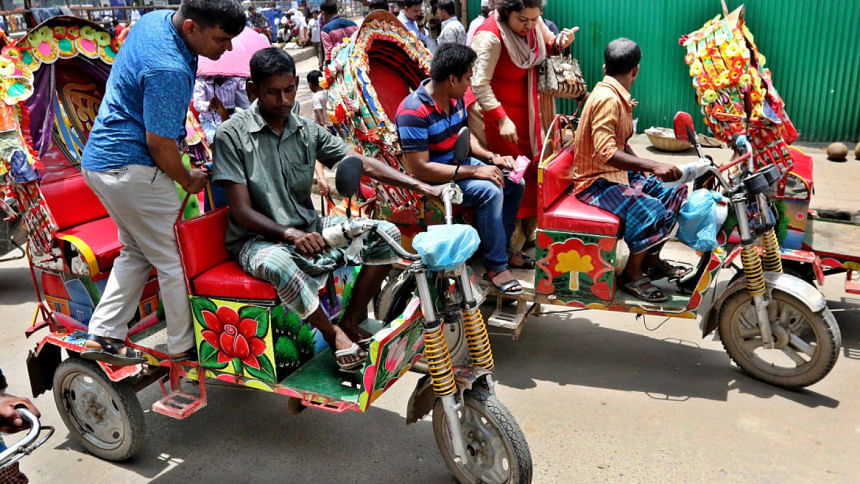
When my travel agent mentioned I'd see many BMWs in Dhaka, I pictured sleek German engineering. Three days into the visit, I finally understood his joke.
My introduction to Dhaka's transportation ecosystem began soon after leaving the airport. "Don't worry about traffic laws," my driver cheerfully informed me, "nobody else does!" Already disoriented from the airport saga, I managed a nervous smile, unsure of what that meant. Ninety harrowing minutes and five kilometres later, I was no longer laughing.
The true kings of Dhaka's roads aren't the buses, cars, or traditional rickshaws—they're the battery-powered rickshaws that swarm the streets, moving in random directions, often whooshing past like shooting stars. These three-wheeled chariots race at an impressive speed of 30 kilometres per hour, occupying every available inch of space and favouring the central segment traditionally reserved for faster vehicles (lanes don't exist on Dhaka roads).
As a pedestrian, I am still learning what locals call "rickshaw radar"—a sixth sense that warns me when one of these sleek missiles is about to appear from thin air. Once, after carefully analysing the surroundings, I was crossing the road when one such rickshaw appeared from nowhere, almost breathing down my neck. I jumped aside, only to find that the vehicle, upon reaching the other side, turned around and crossed the road again, as if taking a thoughtful stroll in its backyard!
The simple act of exiting the car has become a heart-pounding adventure. You carefully open the door, scan in all directions, and still miss the super-rickshaw that whooshes past with mere centimetres to spare.
What directional convention do they follow? I tried to figure that out, but had to give up. In all the countries I visited, vehicles typically follow predictable patterns—staying in lanes, signalling turns, and acknowledging right of way. Here, these omnipresent vehicles operate in four dimensions, appearing suddenly from the right, left, front, rear, and possibly alternate universes, usually without warning.
"But surely there are traffic regulations?" I asked a colleague, who responded with laughter usually reserved for naive children. "Look around you," he gestured broadly. "Does this look regulated to you?"
He had a point. What I witnessed wasn't traffic so much as a perpetual negotiation conducted through honks, near-misses, and what appears to be telepathy. How the residents of Dhaka arrive anywhere alive remains one of the great mysteries of the modern world.
The battery rickshaws themselves are a fascinating study in adaptation. Far from appearing primitive, many are equipped with sports-car-like digital displays, showing speed and battery levels. Some have bright LED lights, turn signals, and horns that could wake the dead. These aren't your grandfather's rickshaws—they're mini-vehicles with attitude.
This attitude extends to their drivers, who perceive traffic police as mere decorative suggestions rather than authoritative figures. Once, when an officer attempted to clear battery rickshaws from a congested intersection, he found himself surrounded by dozens of angry drivers. The resulting "discussion" sent him to the hospital with minor injuries and a major reassessment of his career choices. (His wife has since filed a divorce suit because she had married him for his "authoritative status," which was now lost.)
These confrontations aren't isolated incidents. Battery rickshaw drivers have demonstrated an impressive ability for collective action. The upscale Gulshan neighbourhood recently attempted to ban these electric terrors from its main roads—a decision that sparked immediate outrage. Hundreds of furious drivers blocked access points to the area, creating traffic jams visible from the International Space Station. The police eventually dispersed them using methods I won't detail here, but the issue remains far from settled.
What's remarkable is how Dhaka residents have normalised this daily ballet of near-death experiences. They navigate the chaos with an ease that suggests either Zen-like acceptance or complete fatalism. My local friends barely notice when I flinch at a rickshaw speeding by, close enough to count the driver's eyelashes.
"You'll get used to it," they assure me. I'm not convinced human beings should "get used to" traffic patterns that resemble a video game designed by sadistic nerds, but adaptation is apparently the only option.
What about the mysterious BMW acronym that had me so confused? After several weeks in town, I learned it stands for "Bismillah Motor Works"—a local manufacturer that produces these zippy electric cuties. And why not? Many of their drivers wear denim and T-shirts from reputable brands and sport aviator sunglasses thanks to the byproducts of Bangladesh's apparel industry and counterfeit market.
For future travellers, I recommend excellent travel insurance, nerves of steel, and the acceptance that traffic rules are more like traffic suggestions—applicable only when convenient and generally ignored by the sleek BMWs of Bismillah Motor Works. They are a brilliant testament to Bangladesh's innovative minds. I only wish they followed predictable traffic rules!
Dr Sayeed Ahmed is a consulting engineer and the CEO of Bayside Analytix, a technology-focused strategy and management consulting organisation.
Views expressed in this article are the author's own.
Follow The Daily Star Opinion on Facebook for the latest opinions, commentaries and analyses by experts and professionals. To contribute your article or letter to The Daily Star Opinion, see our guidelines for submission.
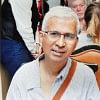
 For all latest news, follow The Daily Star's Google News channel.
For all latest news, follow The Daily Star's Google News channel. 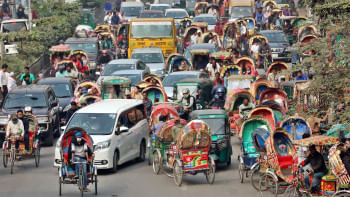
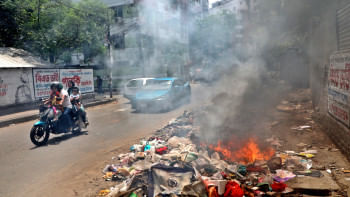


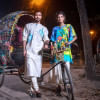
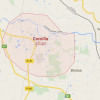


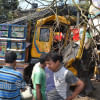


Comments